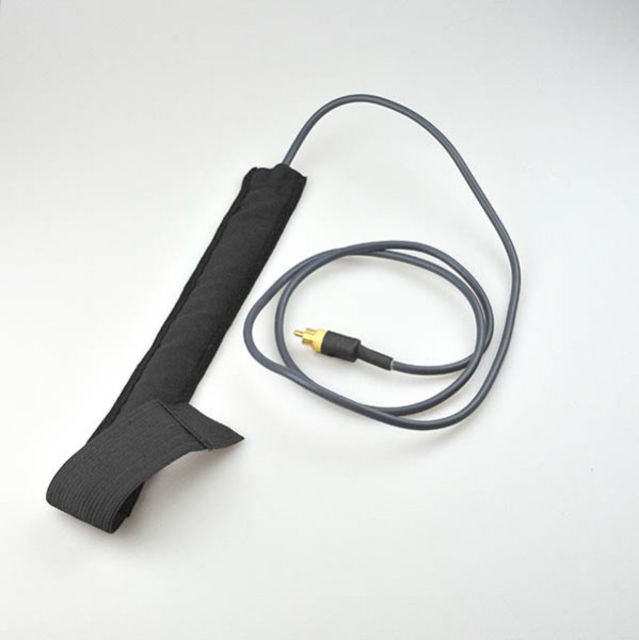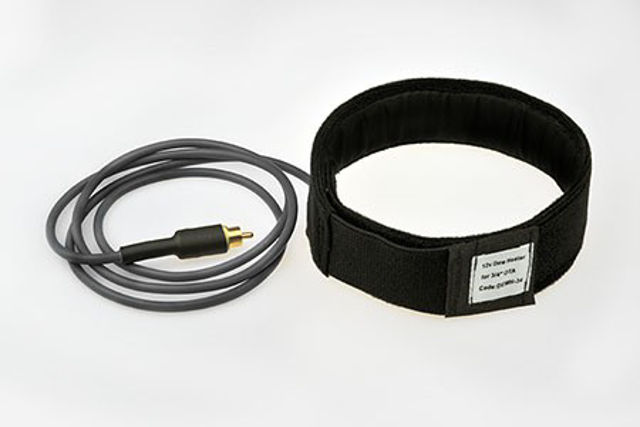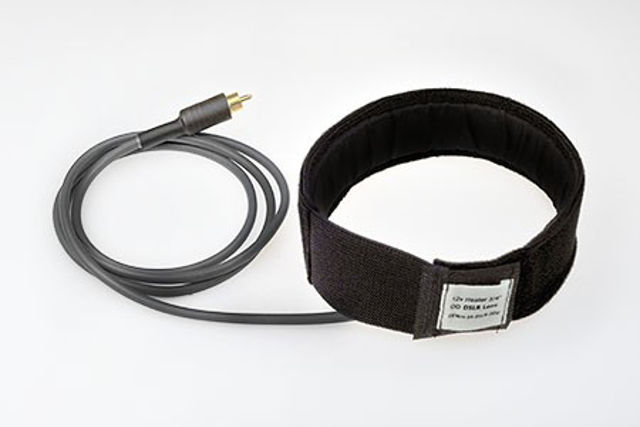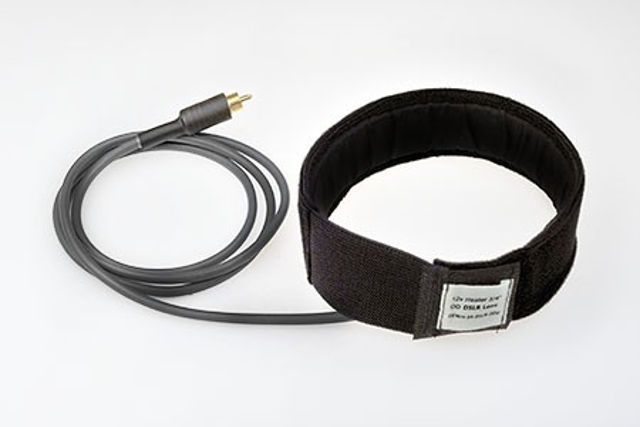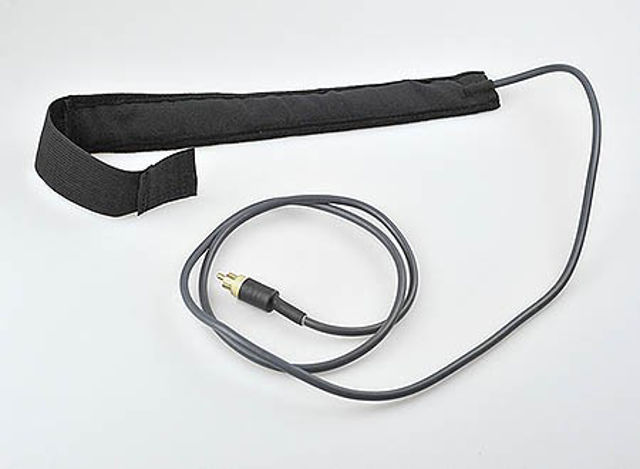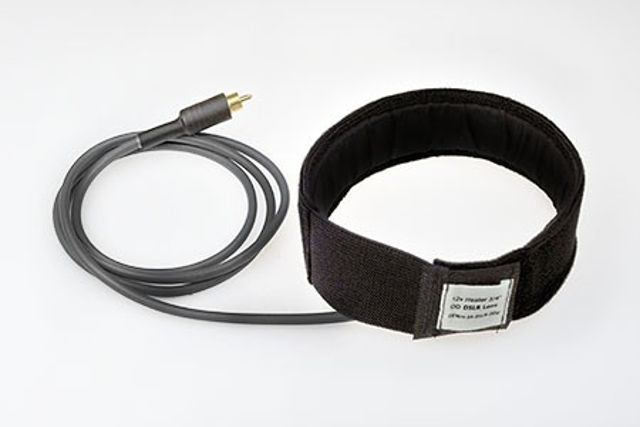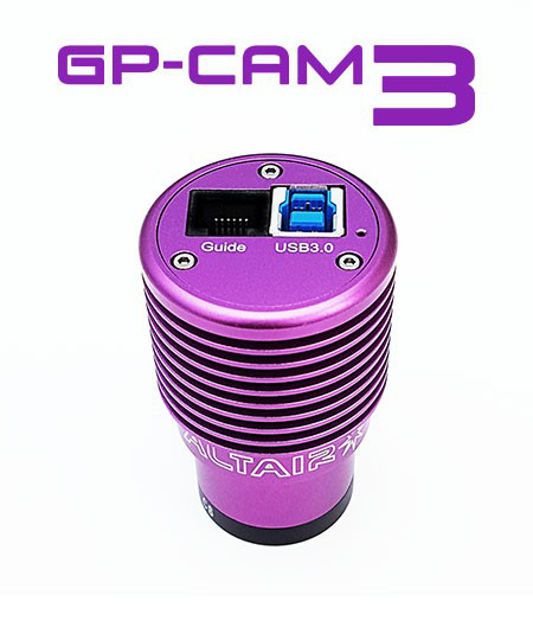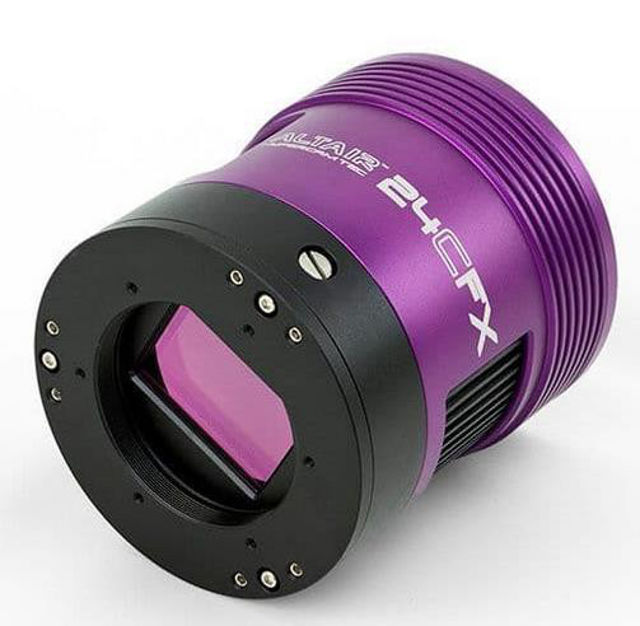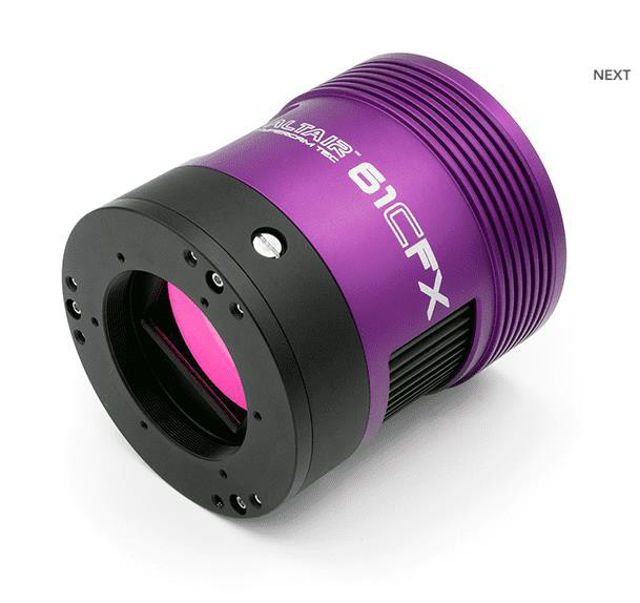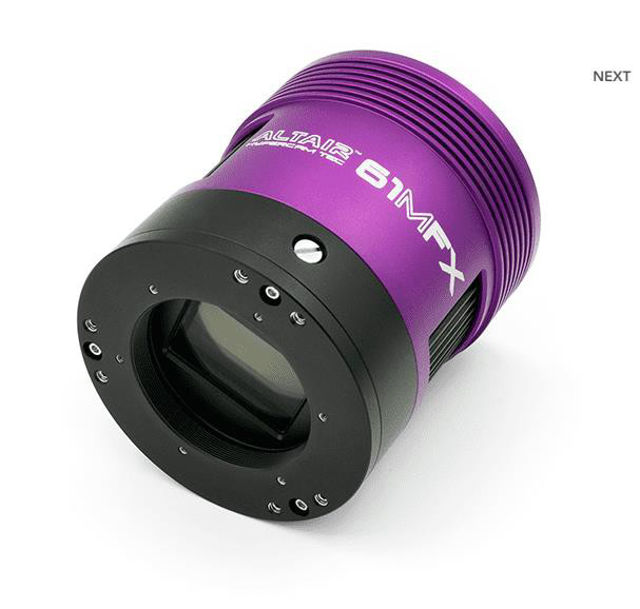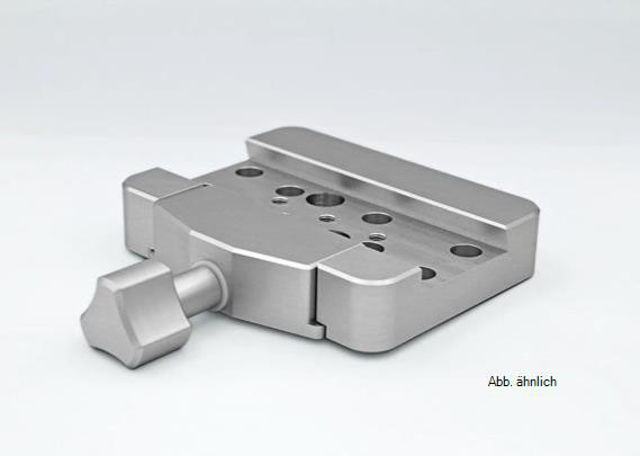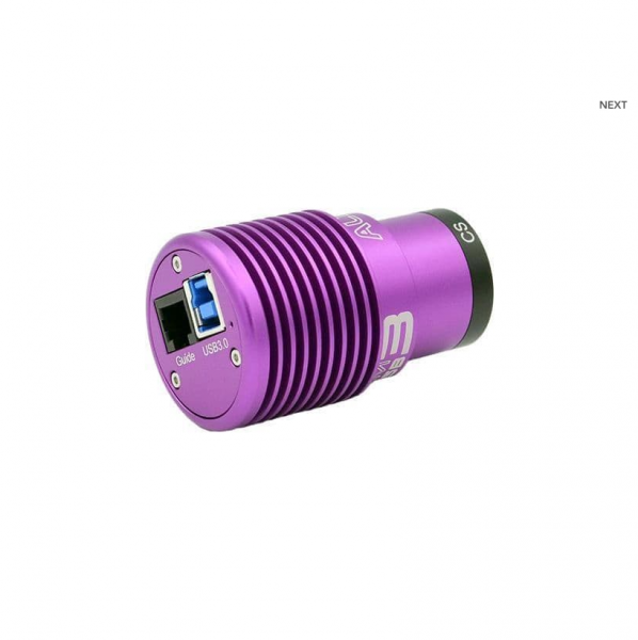Altair Astro

Altair Astro manufacturer of high quality astronomical accessories
Manufacturer in England of high quality accessories and distribution of CCD cameras. APM is a partially authorized dealer for Germany.
For telescope and microscope eyepieces, DSLR lenses or finder scopes
35.00 € 30.80 €
Estimated delivery time : 1-4 weeks (valid for new orders)
High quality workmanship for durability
39.00 € 34.32 €
Estimated delivery time : 1-4 weeks (valid for new orders)
For Celestron Nexstar 5 and 6 CPC, Evolution, Skywatcher 180 Maksutov
42.00 € 36.96 €
Estimated delivery time : 1-2 weeks (valid for new orders)
For Celestron Nexstar 8, CPC 8, Meade LX series 8" SCT, Skywatcher 180 Maksutov
45.00 € 39.60 €
Estimated delivery time : 1-4 weeks (valid for new orders)
For Celestron Nextar / C9.25, Evolution, Meade 10" LX Series SCT
65.00 € 57.20 €
Estimated delivery time : 1-4 weeks (valid for new orders)
Also for large eyepieces
45.00 € 39.60 €
Estimated delivery time : 1-4 weeks (valid for new orders)
The Altair GPCAM2 178M Monochrome camera has the sought after Sony Exmor IMX178M CMOS sensor, with high sensitivity, and extremely low read noise.
369.00 € 324.72 €
Estimated delivery time : 2-4 weeks (valid for new orders)
A 14bit Colour Full Frame astro imaging camera with latest Sony 24 mega-pixel IMX410 BSI sensor.
2949.00 € 2595.12 €
Estimated delivery time : 2-4 weeks (valid for new orders)
The Hypercam AA61CFX is the ultimate choice for the serious astro imaging enthusiast who wants a full frame camera which will outperform ...
5049.00 € 4443.12 €
Estimated delivery time : 2-4 weeks (valid for new orders)
The Hypercam AA61MFX is the ultimate choice for the serious astro imaging enthusiast who wants a full frame camera which will outperform ...
5049.00 € 4443.12 €
Estimated delivery time : 2-4 weeks (valid for new orders)
Losmandy HD Clamp for Sabre Mount
229.00 € 201.52 €
Estimated delivery time : 1-2 days (valid for new orders)
Feature summary Altair 662C CMOS Camera:
- IMX662 Colour CMOS Sensor with on-chip HGC, LCG and HDR Support
- Resolution: 1920 x 1080
- 2.9 um Square Pixels
- 1/2.8-inch Optical Format
- 12-bit ADC
- 512 Mbyte Memory
- G Sensitivity: 5612mv with 1/30s
- Low Noise: 0.46 to 5.35e-
- High Frame Rate 47 FPS 8 bit
- Binning from 1x1 to 8x8 in either stacking or averaging modes.
305.00 € 268.40 €
Estimated delivery time : 3-4 weeks (valid for new orders)


